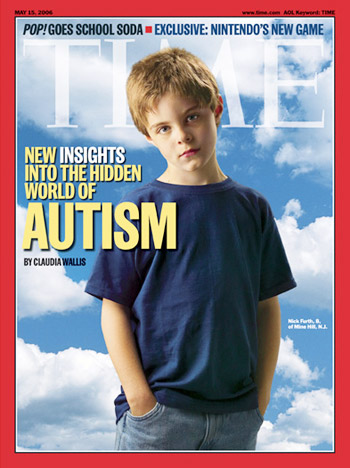Last February, A twelve year study that linked Measles, Mumps, and Rubella, to Autism was proven false. Then, in March, a federal court ruled that there is no link between mercury based vaccines and Autism. So after all this research has been revoked, where does Autism stand now?
Here's what CNN had to say, the most important update to Autism today is that it is on the rise, more and more each day children are being diagnosed with the disorder. Four years ago 1 in every 150 children were diagnosed, and today there is 1 child with autism out of every 91 children. Not only is it more common in general, it is four times more common in boys than in girls.
Recent studies also speculate that ean earlier idagnosis may be key. As of right now, children can not be officially diagnosed until they are three years old. It is obvious that the signs of Autism can be seen as young as a year old. Forms of early intervention may be very beneficial. Thurdly, a genome study found that there is a variation in genes ten and nine with form nerve connections.
As you can see, the facts about abou Autism are always changing. Although some research has been revoked, there are new ideas on the horizon and hopefully we are getting closer to a cure.
 Latest Resarch on Autism
Latest Resarch on Autism
